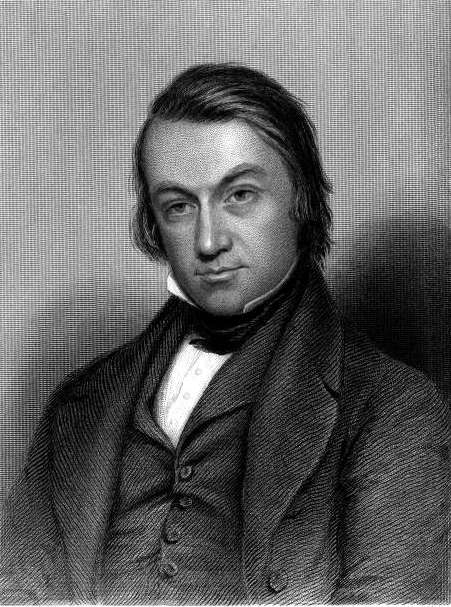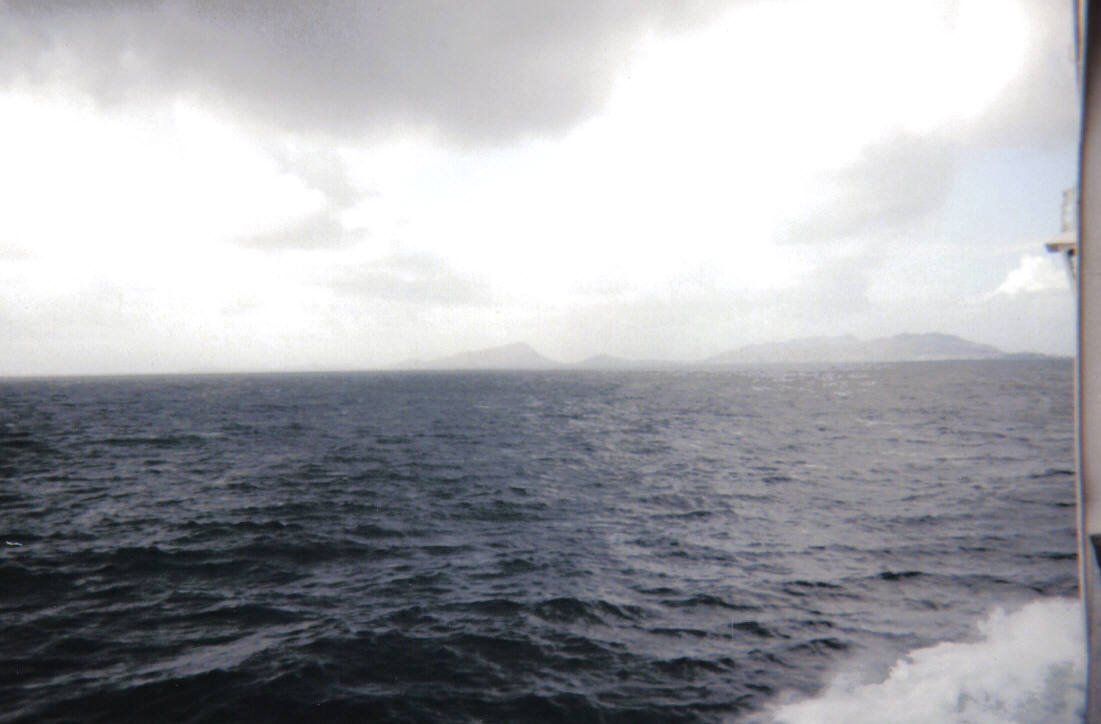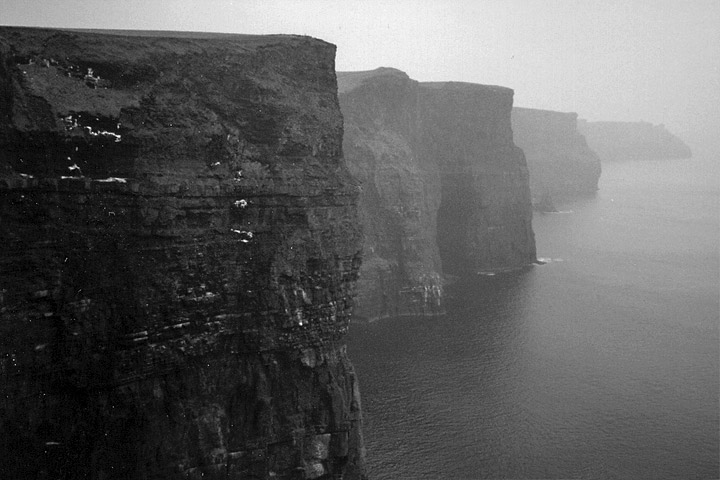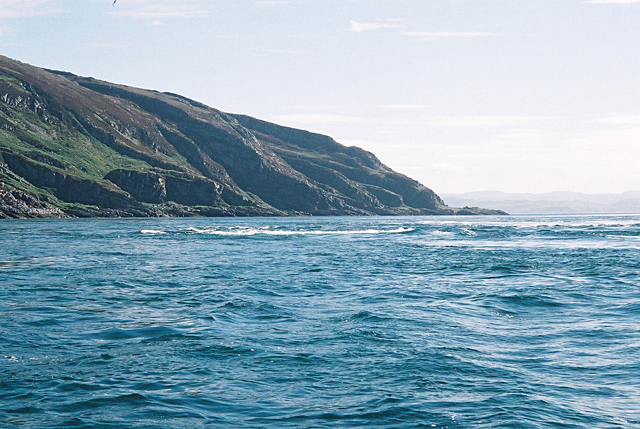|
Gulf Of Corryvreckan
The Gulf of Corryvreckan (from the Gaelic ''Coire Bhreacain'', meaning 'cauldron of the speckled seas' or 'cauldron of the plaid'), also called the Strait of Corryvreckan, is a narrow strait between the islands of Jura and Scarba, in Argyll and Bute, off the west coast of mainland Scotland. It is possible for tourists to visit the site by way of boat trips from local harbours or sightseeing flights from Oban Airport. Topography Strong Atlantic currents and unusual underwater topography together produce a particularly intense tidal race in the Corryvreckan channel. As the flood tide enters the narrow area between the two islands it speeds up to and meets a variety of seabed features, including a deep hole and a rising pinnacle. These features combine to create whirlpools, standing waves and a variety of other surface effects. The Corryvreckan is the third largest whirlpool in the world, and is on the northern side of the gulf, surrounding a pyramid-shaped basalt pinnacle tha ... [...More Info...] [...Related Items...] OR: [Wikipedia] [Google] [Baidu] |
The Corryvreckan Whirlpool - Geograph-2404815-by-Walter-Baxter
''The'' () is a grammatical article in English, denoting persons or things already mentioned, under discussion, implied or otherwise presumed familiar to listeners, readers, or speakers. It is the definite article in English. ''The'' is the most frequently used word in the English language; studies and analyses of texts have found it to account for seven percent of all printed English-language words. It is derived from gendered articles in Old English which combined in Middle English and now has a single form used with pronouns of any gender. The word can be used with both singular and plural nouns, and with a noun that starts with any letter. This is different from many other languages, which have different forms of the definite article for different genders or numbers. Pronunciation In most dialects, "the" is pronounced as (with the voiced dental fricative followed by a schwa) when followed by a consonant sound, and as (homophone of pronoun ''thee'') when followed by a v ... [...More Info...] [...Related Items...] OR: [Wikipedia] [Google] [Baidu] |
Maelstrom (whirlpool)
A whirlpool is a body of rotating water produced by opposing currents or a current running into an obstacle. Small whirlpools form when a bath or a sink is draining. More powerful ones formed in seas or oceans may be called maelstroms ( ). ''Vortex'' is the proper term for a whirlpool that has a downdraft. In narrow ocean straits with fast flowing water, whirlpools are often caused by tides. Many stories tell of ships being sucked into a maelstrom, although only smaller craft are actually in danger. Smaller whirlpools appear at river rapids and can be observed downstream of artificial structures such as weirs and dams. Large cataracts, such as Niagara Falls, produce strong whirlpools. Notable whirlpools Saltstraumen Saltstraumen is a narrow strait located close to the Arctic Circle, south-east of the city of Bodø, Norway. It has one of the strongest tidal currents in the world. Whirlpools up to in diameter and in depth are formed when the current is at its strongest ... [...More Info...] [...Related Items...] OR: [Wikipedia] [Google] [Baidu] |
John Leyden
John Caspar Leyden, M.D., (8 September 1775 – 28 August 1811) was a Scottish indologist. Biography Leyden was born at Denholm on the River Teviot, not far from Hawick. His father, a shepherd, had contrived to send him to Edinburgh University to study for the ministry. Leyden was a diligent but somewhat haphazard student, apparently reading everything except theology, for which he seems to have had no taste. Though he completed his divinity course, and in 1798 was licensed to preach from the presbytery of St Andrews, it soon became clear that the pulpit was not his vocation. In 1794, Leyden formed an acquaintance with Dr Robert Anderson, editor of ''The British Poets'', and of ''The Literary Magazine''. It was Anderson who later introduced him to Dr Alexander Murray, and Murray, probably, who led him to the study of Eastern languages. They became warm friends and generous rivals, though Leyden excelled, perhaps, in the rapid acquisition of new tongues and acquaintance with ... [...More Info...] [...Related Items...] OR: [Wikipedia] [Google] [Baidu] |
Ruth Gipps
Ruth Dorothy Louisa ("Wid") Gipps (20 February 1921 – 23 February 1999) was an English composer, oboist, pianist, conductor, and educator. She composed music in a wide range of genres, including five symphonies, seven concertos, and numerous chamber and choral works. She founded both the London Repertoire Orchestra and the Chanticleer Orchestra and served as conductor and music director for the City of Birmingham Choir. Later in her life she served as chairwoman of the Composers' Guild of Great Britain.The Musical Times, Vol. 140, No. 1867 (Summer, 1999), pp. 8-9 Life and career Gipps was born at 14, Parkhurst Road, Bexhill-on-Sea, England in 1921 to (Gerard Cardew) Bryan Gipps (1877-1956), a businessman, English teacher in Germany, and later an official at the Board of Trade who was a trained violinist from a military family, and Hélène Bettina ( Johner), a piano teacher from Basel, Switzerland. They married in 1907, having met at the Hoch Conservatory in Frankfur ... [...More Info...] [...Related Items...] OR: [Wikipedia] [Google] [Baidu] |
Learmont Drysdale
Learmont Drysdale (full name George John Learmont Drysdale; 3 October 1866 – 18 June 1909) was a Scottish composer. During a short career he wrote music inspired by Scotland, particularly the Scottish Borders; this included orchestral music, choral music and songs. Early life Drysdale was born in Edinburgh on 3 October 1866, the youngest of three children of Andrew Drysdale, a builder, and his wife Jane Elspeth Learmont, who was descended from the Border poet Thomas the Rhymer. Educated at the Royal High School, Edinburgh, he afterwards studied architecture, but abandoned it in 1887; he moved to London, and became sub-organist at All Saints' Church in Kensington. He entered the Royal Academy of Music in London, where he studied composition with Frederick Corder and piano with Wilhelm Kuhe. He had a brilliant career as a student, winning in 1891 the academy's highest honour in composition, the Charles Lucas medal, with ''Overture to a Comedy.'' During this period he appeared ... [...More Info...] [...Related Items...] OR: [Wikipedia] [Google] [Baidu] |
Charles Mackay (author)
Charles Mackay (27 March 1814 – 24 December 1889) was a Scottish poet, journalist, author, anthologist, novelist, and songwriter, remembered mainly for his book ''Extraordinary Popular Delusions and the Madness of Crowds''. Early life Charles Mackay was born in Perth, Scotland. His father, George Mackay, was a bombardier in the Royal Artillery, and his mother Amelia Cargill died shortly after his birth. Mackay was educated at the Caledonian Asylum, in London. In 1828 he was placed by his father at a school in Brussels, on the Boulevard de Namur, shortly taken over by William James Joseph Drury; and studied languages. In 1830 he was engaged as a private secretary to William Cockerill, the ironmaster, near Liège, began writing in French in the ''Courrier Belge'', and sent English poems to a local newspaper called ''The Telegraph''. In the summer of 1830 he visited Paris, and he spent 1831 with Cockerill at Aix-la-Chapelle. In May 1832 his father brought him back to London ... [...More Info...] [...Related Items...] OR: [Wikipedia] [Google] [Baidu] |
Alasdair Alpin MacGregor
Alasdair Alpin MacGregor (March 20, 1899 – 1970) was a Scottish writer and photographer, known for a large number of travel books. He wrote also on Scottish folklore, and was a published poet. Life He was born at Applecross, Ross and Cromarty, on 20 March 1899, the son of Colonel John MacGregor M.D. of the Indian Medical Service. He was educated at Tain Academy. MacGregor was brought up in Tain and Inverness, and educated there and in Edinburgh. His books were mainly about Scotland, and his romanticising style incurred the displeasure of Compton Mackenzie, who caricatured him in some of his novels (perhaps unjustly so as MacGregor was forced to be critically realistic about certain aspects of life on the west coast, in his book ''The Western Isles''). Judging by the title of the 1931 book ''A Last Voyage to St. Kilda. Being the Observations and Adventures of an Egotistic Private Secretary who was alleged to have been 'warned off' That Island by Admiralty Officials when attem ... [...More Info...] [...Related Items...] OR: [Wikipedia] [Google] [Baidu] |
Storm Kelpies
The blue men of the Minch, also known as storm kelpies ( gd, na fir ghorma ), are mythological creatures inhabiting the stretch of water between the northern Outer Hebrides and mainland Scotland, looking for sailors to drown and stricken boats to sink. They appear to be localised to the Minch and surrounding areas to the north and as far east as Wick, unknown in other parts of Scotland and without counterparts in the rest of the world. Apart from their blue colour, the mythical creatures look much like humans, and are about the same size. They have the power to create storms, but when the weather is fine they float sleeping on or just below the surface of the water. The blue men swim with their torsos raised out of the sea, twisting and diving as porpoises do. They are able to speak, and when a group approaches a ship its chief may shout two lines of poetry to the master of the vessel and challenge him to complete the verse. If the skipper fails in that task then the blue men will ... [...More Info...] [...Related Items...] OR: [Wikipedia] [Google] [Baidu] |
Plaid (pattern)
Tartan ( gd, breacan ) is a patterned cloth consisting of criss-crossed, horizontal and vertical bands in multiple colours. Tartans originated in woven wool, but now they are made in other materials. Tartan is particularly associated with Scotland, as Scottish kilts almost always have tartan patterns. Tartan is made with alternating bands of coloured (pre-dyed) threads woven as both warp and weft at right angles to each other. The weft is woven in a simple twill, two over—two under the warp, advancing one thread at each pass. This pattern forms visible diagonal lines where different colours cross, which give the appearance of new colours blended from the original ones. The resulting blocks of colour repeat vertically and horizontally in a distinctive pattern of squares and lines known as a ''sett''. Tartan is often called "plaid" (particularly in North America), because in Scotland, a '' plaid'' is a large piece of tartan cloth, worn as a type of kilt or large shawl. The ... [...More Info...] [...Related Items...] OR: [Wikipedia] [Google] [Baidu] |
Cailleach
In Gaelic (Irish, Scottish and Manx) myth, the Cailleach (, ) is a divine hag and ancestor, associated with the creation of the landscape and with the weather, especially storms and winter. The word literally means 'old woman, hag', and is found with this meaning in modern Irish and Scottish Gaelic, and has been applied to numerous mythological and folkloric figures in Ireland, Scotland, and the Isle of Man.Briggs, Katharine M. (1976) ''An Encyclopedia of Fairies''. New York, Pantheon Books. pp. 57-60. In modern Irish folklore studies, she is sometimes known as The Hag of Beara, while in Scotland she is known as Beira, Queen of Winter. Name ('old woman' or 'hag' in modern Irish and Scottish Gaelic) comes from the Old Irish ('veiled one'), an adjectival form of ('veil'), an early loan from Latin , 'woollen cloak'.Macbain, Alexander (1998) ''Etymological Dictionary Of Scottish-Gaelic''. New York: Hippocrene Books, , p. 63. The Cailleach is often referred to as the in Irish ... [...More Info...] [...Related Items...] OR: [Wikipedia] [Google] [Baidu] |
Goddess
A goddess is a female deity. In many known cultures, goddesses are often linked with literal or metaphorical pregnancy or imagined feminine roles associated with how women and girls are perceived or expected to behave. This includes themes of spinning (textiles), spinning, weaving, beauty, love, sexuality, motherhood, domesticity, creativity, and List of fertility deities, fertility (exemplified by the ancient mother goddess cult). Many major goddesses are also associated with magic (supernatural), magic, war, strategy, hunting, farming, wisdom, fate, earth, sky, power (social and political), power, laws, justice, and more. Some themes, such as Discordianism, discord or disease, which are considered negative within their cultural contexts also are found associated with some goddesses. There are as many differently described and understood goddesses as there are male, shapeshifting, or neuter gods. In some faiths, a sacred female figure holds a central place in religious prayer a ... [...More Info...] [...Related Items...] OR: [Wikipedia] [Google] [Baidu] |
Scottish Mythology
Scottish mythology is the collection of myths that have emerged throughout the history of Scotland, sometimes being elaborated upon by successive generations, and at other times being rejected and replaced by other explanatory narratives. Nature myths The myths and legends of Scotland have a "local colour" as they tell about the way of life during the olden times, apart from giving a perspective of the nature of the country during various seasons of the year. It was the belief that Beira, the Queen of Winter, had a firm hold on the country by raising storms during January and February thus preventing greenery to emerge. She was considered a tough and brutal old woman who stirred the deadly spiraling action of Corryvreckan, ushering snow, as well as torrents resulting in the overflow of rivers. Even the creation of lochs and mountains were attributed to her. Scottish mythology is not like the Greek and Roman myths as it deals with various aspects of nature. In this context ... [...More Info...] [...Related Items...] OR: [Wikipedia] [Google] [Baidu] |

.png)





